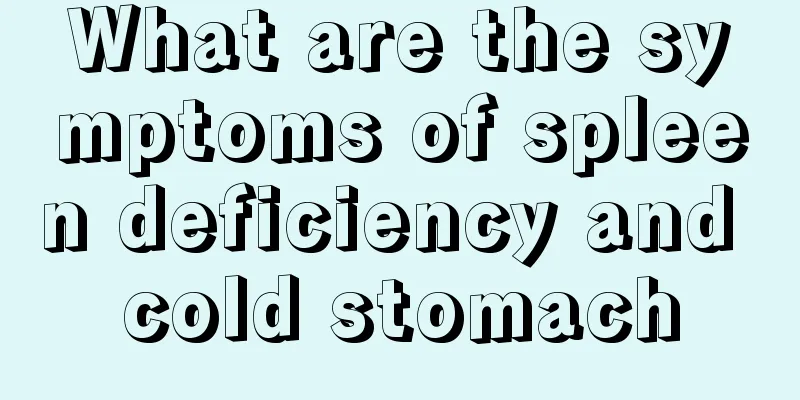How to treat herpes virus keratitis

|
Herpes virus keratitis generally refers to herpes simplex virus keratitis, which is a more serious keratitis. This type of keratitis can cause great damage to people's eyesight. There are many treatments for herpes virus keratitis, and debridement is one of them. ⑴ Mechanical debridement After local anesthetic, use a white spatula, blade, cotton swab, restorer or foreign body needle to clean the ulcer together with the surrounding 0.5 mm healthy epithelium under the slit lamp, and then apply pressure for 48 hours. This method can only eliminate infected cells but cannot prevent the virus from continuing to multiply, so it must be combined with antiviral drug treatment to achieve better therapeutic effects. ⑵Chemical debridement After applying surface anesthesia, dip a cotton swab into chemical disinfectants such as ether, ethanol, iodine, carbolic acid, zinc sulfate, silver nitrate, etc., then smear it on the ulcer area and rinse with saline. The purpose is to cause the infected epithelial cells to fall off through chemical cold drinks. This method must be used with caution because it may damage the corneal epithelial basement membrane and stromal layer, affect repair, and promote the development of lesions deeper! ⑶ Cryodebridement Use a 2 mm diameter freezing head to freeze the edge of the ulcer first with very light pressure, then freeze the center of the ulcer. The temperature is generally -60℃ to 80℃. Freeze each point for 6 to 8 seconds, then thaw with saline solution. Repeat multiple times if necessary. Although freezing has no effect on the activity of HSV, its destructive effect on corneal epithelial cells is better than the above two methods. Amoil believes that viral particles released by ruptured corneal epithelial cells can be washed away by tears or neutralized by tear antibodies. Freezing corneal lesions can temporarily inhibit the activity of viral DNA and quickly reduce the energy adenosine triphosphate needed for viral replication. ⑷ Photoinactivation therapy Drop 0.1% neutral red or 0.01% promethazine into the eye, and then expose the affected eye to ordinary fluorescent light for 15 minutes at a distance of 15 cm. The dye will combine with the viral DNA and break it, thereby inactivating the virus. |
<<: Symptoms of Amebic Keratitis
>>: Driving tips for novices on the road, have you memorized these?
Recommend
I was pregnant for more than 5 months and got advanced colorectal cancer. What should I do?
Colorectal cancer refers to malignant lesions of ...
How to use baby lotion
Today's living standards have greatly improve...
The best scientific time of the day to maintain health
1. The best time to brush your teeth: 3 minutes a...
What should I do if the hepatitis C antibody is positive?
Hepatitis C is a type of hepatitis. If the test s...
Can lipoma be cured by taking medicine
Lipoma is actually a disease with relatively mild...
The initial treatment of thyroid cancer should not be ignored
Patients with thyroid cancer all hope to be cured...
Late symptoms of nasopharyngeal carcinoma
What is nasopharyngeal cancer? Many people may no...
The harm of not speaking for a long time
The harm of not talking for a long time is that y...
Benefits and methods of gargling with salt water
We know that oral problems are common clinical pr...
What should I do if my arm gets swollen after infusion
There are many diseases that require intravenous ...
Tips for personal hygiene
Even in this season, although it is relatively dr...
What are the methods for preserving jellyfish
Jellyfish as a food has a very long history in ou...
What are the detoxification reactions of moxibustion on the belly button
When you do moxibustion on your belly button, it ...
Fetal heart rate 136, is it a boy or a girl?
During pregnancy, women often experience some abn...
Healthy drinking of water can prevent and treat ten diseases
Taking the right medicine can cure diseases, this...









